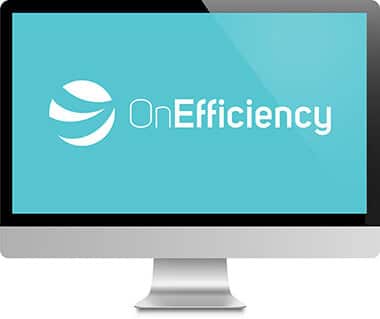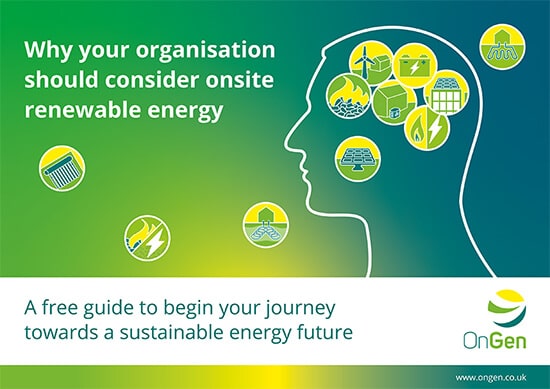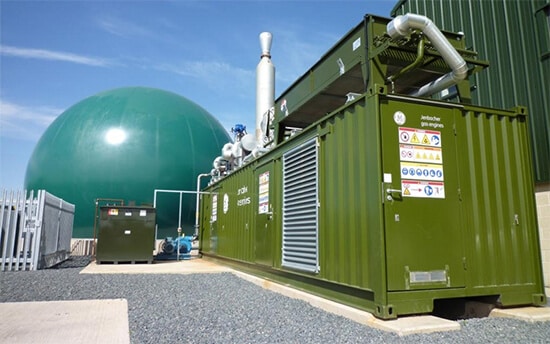Combined Heat and Power (CHP) Systems

What are CHP Systems?
Combined heat and power (CHP) systems, also known as cogeneration systems, provide both heat and power from a single source of energy; working to the principles of a Stirling engine. CHP is a type of distributed generation, which, unlike central station generation, is located at or near the point of consumption.
By using the heat created, which is normally a by-product that would be lost, CHP systems typically achieve efficiencies greater than 80%. It therefore makes sense to consider CHP units when there is a need for both power and heat at a site. The CHP technology can be deployed quickly, cost-effectively, and with few geographic limitations.
The term CHP covers a suite of technologies that can use a variety of fuels, e.g. biomass or gas, to generate electricity or power at the point of use.
By using the heat created, which is normally a by-product that would be lost, CHP systems typically achieve efficiencies greater than 80%. It therefore makes sense to consider CHP units when there is a need for both power and heat at a site. The CHP technology can be deployed quickly, cost-effectively, and with few geographic limitations.
The term CHP covers a suite of technologies that can use a variety of fuels, e.g. biomass or gas, to generate electricity or power at the point of use.
How do CHP Systems work?
A CHP system can be added to most heating systems, where the primary goal is to generate space and/or water heating. The benefit of a CHP system is that it can generate electricity from the by-product of burning the fuel (e.g. biomass or fossil fuel). In a typical high temperature heating system the burning process produces steam. This steam is then channeled to drive a gas or steam turbine which subsequently generates electricity. The waste heat produced is captured from the exhaust gases or steam. It is then injected into the site’s heating system at between 60°C – 90°C or utilized in an industrial process.
The CHP system will produce more heat than electricity. As a rule of thumb and to be economically viable, there should be stable baseload demand for heat in excess of 5,500 hours per year. A CHP unit will also operate most efficiently with minimum wear when at full constant load. This means that correctly sizing the CHP units is very important. As such, a CHP system that is too small will not deliver the full cost savings and if the CHP is too large it will struggle to meet its minimum load threshold to operate efficiently.
The CHP system will produce more heat than electricity. As a rule of thumb and to be economically viable, there should be stable baseload demand for heat in excess of 5,500 hours per year. A CHP unit will also operate most efficiently with minimum wear when at full constant load. This means that correctly sizing the CHP units is very important. As such, a CHP system that is too small will not deliver the full cost savings and if the CHP is too large it will struggle to meet its minimum load threshold to operate efficiently.
The three-step process to net zero energy
OnGen offers a three-step process through OnGen Expert, OnEfficiency & OnSupply. Steps can be done holistically or separately.

Step 1:
Reduce energy consumption:
With OnEfficiency, we can help you identify where and what you can do to reduce energy consumption and improve energy efficiency.
By becoming more energy efficient, carbon emissions for your organisation will begin to reduce, along with the cost of energy.
By becoming more energy efficient, carbon emissions for your organisation will begin to reduce, along with the cost of energy.

Step 2:
Consider onsite renewable energy and battery storage:
With the OnGen Expert, we can help you explore the feasibility of generating and storing your own energy via a range of onsite renewable energy generation sources, like solar PV and heat pumps.
Switching to generating renewable energy onsite reduces the demand for grid-supplied energy, lowering the cost of energy bills, gaining resilience to grid fluctuations and reducing carbon emissions.
Switching to generating renewable energy onsite reduces the demand for grid-supplied energy, lowering the cost of energy bills, gaining resilience to grid fluctuations and reducing carbon emissions.

Step 3:
Switch to zero-carbon energy suppliers:
With OnSupply, we can help you find the cheapest green energy tariffs for any grid-supplied gas and electricity demand.
Eliminate the remaining energy-related carbon emissions for your organisation.
Eliminate the remaining energy-related carbon emissions for your organisation.
Your organisation will be assigned a dedicated account manager, who will offer training support and guidance. Additionally, if your organisation is struggling for time, the Managed Service, where assessments are conducted by the OnGen team on your behalf, can be a great option.

Talk to one of our team
Book a 20-minute conversation to discuss how we can help you by providing the right information, to make the right decisions.


Download our free Renewable Energy Guide
Case Study
“By assessing solar capability using the OnGen Expert software, we have been able to identify 4,000 tonnes of potential carbon savings in our city-centre building stock. OnGen has made it simple and easy for us to demonstrate potential energy costs savings of £2.9 million across the lifetime of potential onsite renewable installations. The OnGen Expert software has shown us the potential of onsite generation at a fraction of the cost of traditional assessments/consultants.”
NEYH
Book a conversation with OnGen today
Interested in finding out more information? Set up a meeting with a member of our team to discuss how we can help you.









